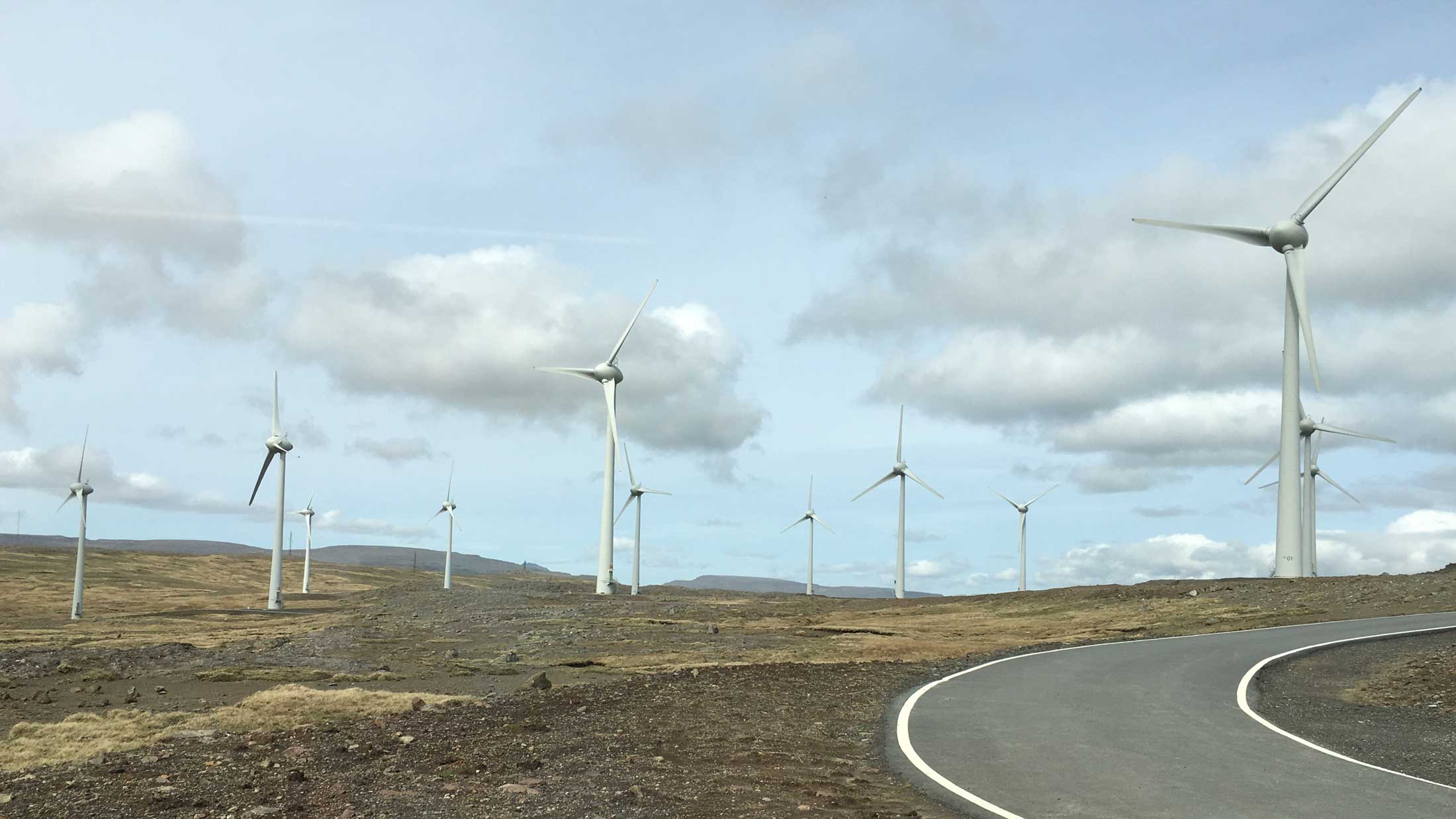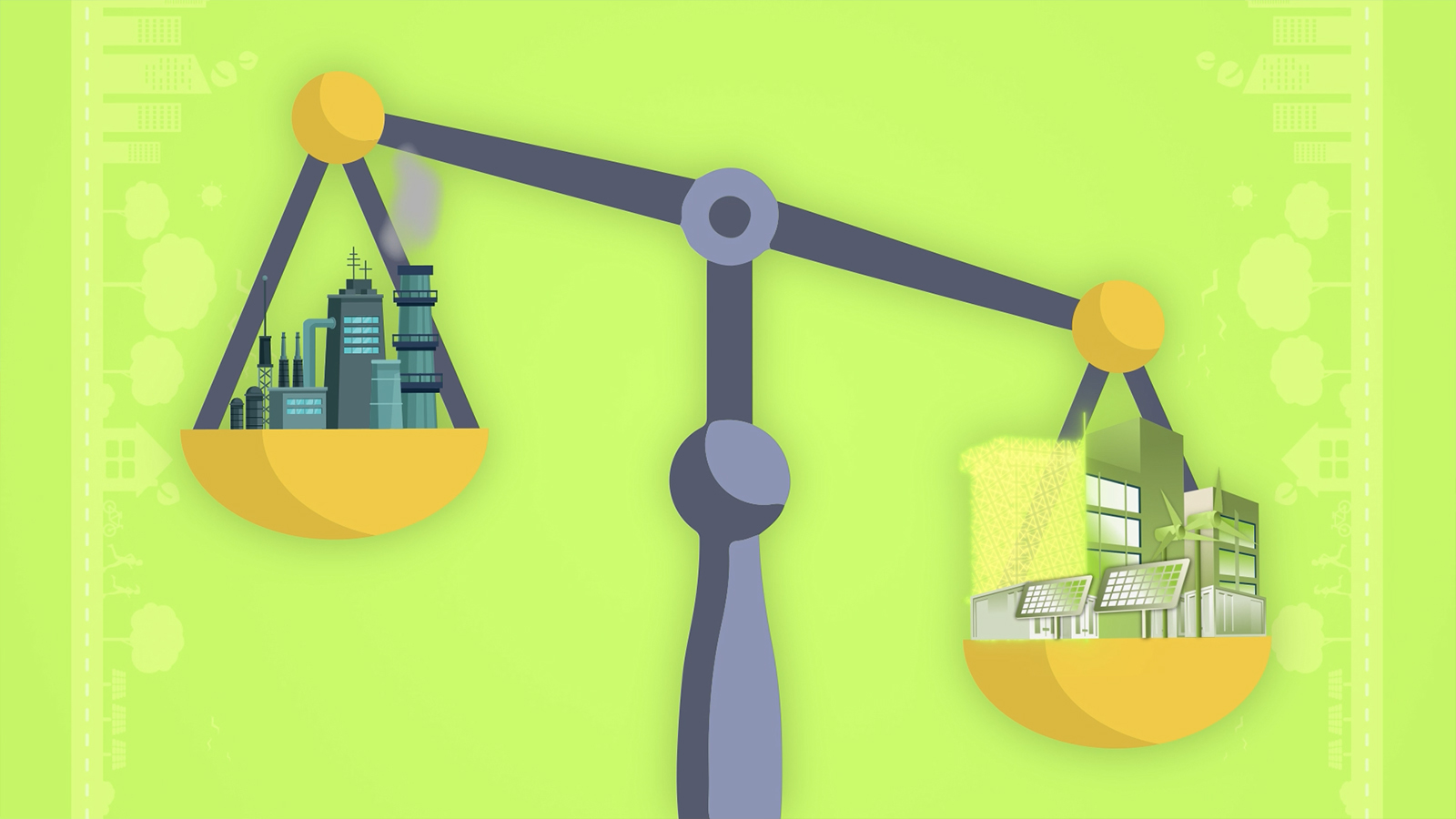Energy generation and demand differences in North Europe
What are local energy generation, demand response and distributed energy resource assets available in each partner region?

The knowledge exchange has commenced among the COPOWER partnership with the analysis and comparison of the different sources of produced electricity in the partner countries. One of the main conclusions of this project report is that there are huge differences between each country. The breakthrough of renewable energy sources has been successful in each partner’s country, however on very different scale.
To start with Ireland, it was concluded that the electricity production is heavily dependent on non-renewable energy sources with about 60% of the production originating from non-renewable sources in 2022. Wind energy has been the main contributor for electricity generation from 1990 to 2022. From 22.8% in 2015 to 38.6% in 2022 of electricity in Ireland was being generated from renewable sources and wind was providing 33.1% as a source. Ireland’s Climate Action Plan 2023 has set 2030 targets of 9 GW of electricity from onshore wind, 8 GW from solar, and at least 5 GW from offshore wind.
This situation changes in the Faroe Islands, where currently the electricity production is still heavily depending on fuel. Nearly 50% of the produced power originated from oil in 2023. However, this is going to change in the near future. Wind energy has been developed the last couple of years and has increased from 12,8% in 2021 to 20,7% in 2022 and to 27,4% in 2023.
Iceland’s sources of electricity production are unique by any standard. Nearly 98% of the produced electricity is generated from renewable sources. Due to the exposed location in the middle of the Atlantic Ocean with high wind speeds, wind power plants have not been implemented on a large scale. This is due to the harsh environment that wind turbines must operate in. In addition, solar PV production has been close to zero, with only a few installations recently put in place. This is due to the long and dark winters. For a VPP model, the very limited availability of solar PV and wind power plants, mean a difficult environment for implementation on a community scale. Hydro power is also suitable for a VPP, but most hydropower installations are owned and operated by large power utilities, and not by smaller communities.
Last but not least, Finland’s shift towards a net zero greenhouse gas emission energy system is focusing mostly on nuclear power, wind power and biomass from forests. The potential for hydropower is mostly used already. The amount of installed PV systems is growing rapidly nationwide, but overall, the lack of sunlight during the long, dark winters limits the profitability of PV panels. There is no potential for geothermal electricity production. The wholesale price of electricity is the second lowest in Europe, in 2023 at 59€/MWh; which means that income generated from selling electricity to the public grid is not very profitable for small scale producers, because there are no feed-in financial supports available.
Distributed Energy Resources
Ireland is right in wind, and therefore wind energy, followed by PV, are the 2 most common DER’s that will be playing a major role in the energy transition. In the Faroe Islands wind power is the only realistic DER that will increase substantially in the next years. PV is limited due to the lack of sunshine during the winter months. Regarding Iceland, this country has been a forerunner in renewable electricity production in Europe. Here, mostly hydropower and geothermal power play a role. PV systems are nearly non-existing, and this is unlikely to change much in the near future. Concerning Finland, solar PV, wind power and biomass are the most suitable ones. Biomass can be divided into several subcategories, such as wood fired CHP power plants and biogas plants. The other DER’s in Finland, such as hydropower, nuclear power and coal are all large scale, and not able to be operated in a flexible way.
Demand response
There is no current state Demand Response policy in Ireland but there is a growing demand for one. The Government has a current policy called Climate Action Plan 23(CAP23) which outlines our climate change strategy to achieve Ireland’s targets in terms of halving our emissions by 2030 and reach zero net by 2050. As part of this policy the Government has committed to a new Demand Side Strategy for Electricity and Gas being put in place. This outlines the road map. The Government does recognize the role that a demand side response policy plays in terms of integrating renewable sources of energy and the market needs rules implemented to achieve this. The first phase of this strategy will focus on the following areas: Smart Meters and Services, Demand Flexibility and Response and New Demand Connections.
In the Faroe Islands, at the moment there is no national policy for demand response. The company SEV, which is owned by all the municipalities in the Faroe Islands, is the only company that transmits, distributes and sells all. Nevertheless, the electricity market is changing these days to prepare for more renewable energy. A new bill is currently in the Parliament which might liberalize the electricity market.
Iceland does not have a national policy regarding demand response currently. So far, the hydro dams (accounting for around 70-80% of the electricity - which goes to about 5 aluminium smelters and 1 ferro silicon plant) have been used. Homes and small businesses account for about 20-30% in total.
In Finland, the national climate and energy strategy serves as an action plan to meet the European Union's climate commitments by 2030 and achieve the objectives outlined in climate legislation. These objectives include reducing greenhouse gas emissions by 60 percent by 2030 and reaching carbon neutrality by 2035. These measures include: maintaining energy balance, the role of market participants, energy efficiency, a regulatory framework, the market mechanisms, the demand flexibility, technology and innovation, the integration of renewable energy and consumer engagement and awareness.
Photo: Husahagi Wind Park in Faroe Islands.

